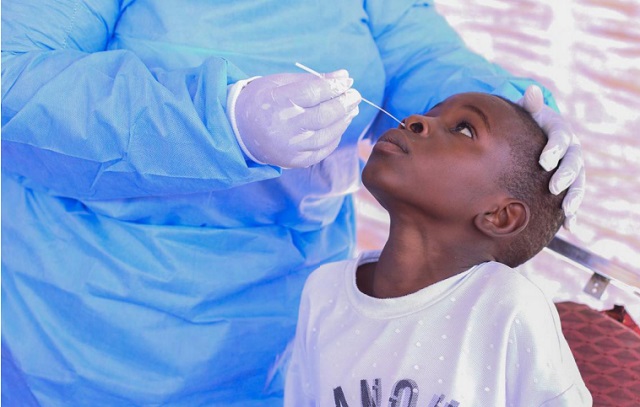
What happened when they stopped going to school?
| CONRAD HUGHES | The COVID-19 pandemic has disrupted schools and universities across the world. UNESCO figures state that the worldwide average time lost due to COVID-19 related school closures has been two thirds of an academic year.
In Africa there have also been long school closures. In Uganda, for example, schools have been kept closed for almost two years.
This situation has also been the most acute in Latin America and the Caribbean, where five months have been lost and three out of five children lost an entire school year.
There were different scenarios at work when schools closed: some went digital, many students didn’t learn because they lacked access to the necessary technology, examinations were run virtually if not cancelled altogether. Learning was lost because, quite simply, home environments are often not designed to support learning the way that schools are.
I have done research on international education and I also have direct experience, as a Head of School, into understanding how disruptions affect learners. I know how important it is to keep the rhythm of learning apace, and I’m concerned that students have not been able to ensure progress and consolidate their learning due to the gaps that COVID has caused. These gaps will linger.
Almost a century ago, the Swiss psychologist Jean Piaget explained what happens when gaps appear in learning: the way we learn is by assimilating new information to old information. When information is lost, or is incorrect, it creates fossilised errors or gaps, and students try to bolt new knowledge on to that. It’s like a house being built without foundations.
In addition, school closures have immediate and long-term effects on students, both emotionally and economically. They also have a ripple effect on a country and on income inequality.
Costs of this education deficit
One of the greatest costs to a person who misses out on an education is economic. It is well established that there is a positive correlation between education and economic growth, not just in terms of degree eligibility for employment but also in terms of the intrinsic worth of cognitive growth as a predictor of social renewal and economic health.
In line with this, there will be a material cost caused by several months out of school. The exact economic cost of gaps in education is not easy to calculate, as it is based on projections and conjecture, but forecasts are bleak. A 2020 paper by the Organisation for Economic Co-operation and Development (OECD) states that: “students in grades 1 to 12 affected by the closures might expect some 3% lower income over their entire lifetimes. For nations, the lower long-term growth related to such losses might yield an average of 1.5% lower annual GDP for the remainder of the century”.
Other studies argue that school closures related to COVID-19 are likely to lead to a 0.8% drop in global economic growth. This is because a loss of learning makes future job candidates less competitive, reducing future earnings.
 The Independent Uganda: You get the Truth we Pay the Price
The Independent Uganda: You get the Truth we Pay the Price



